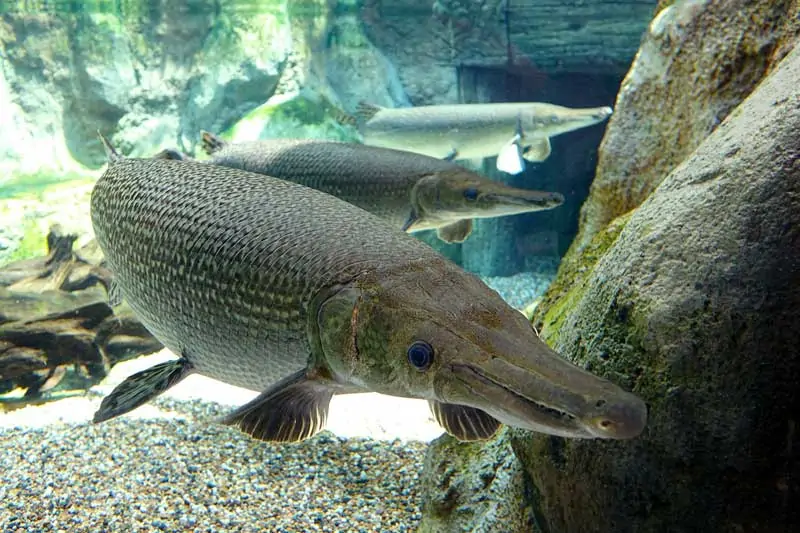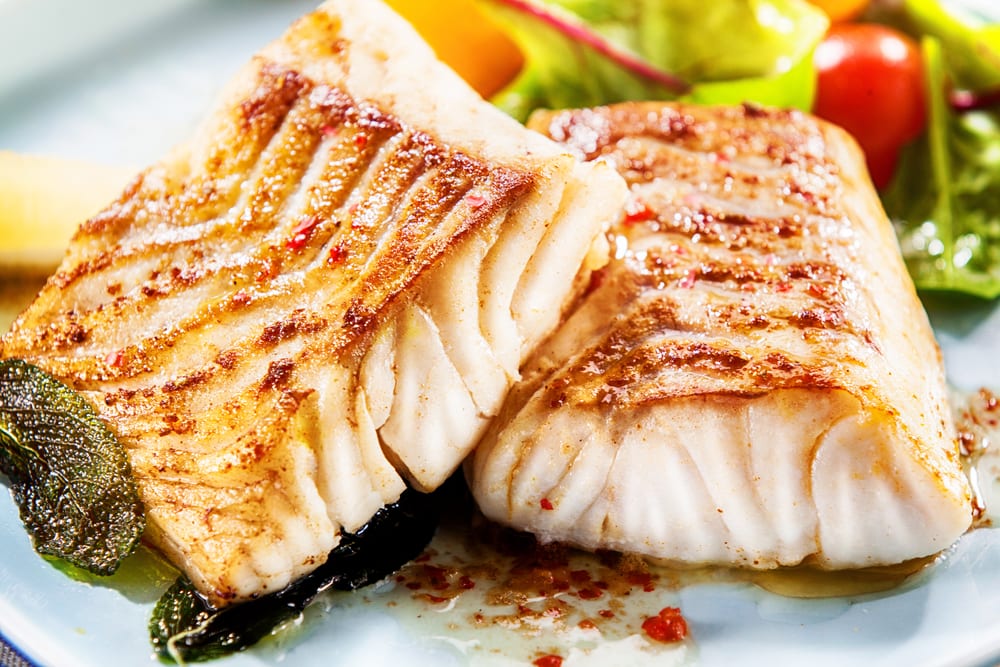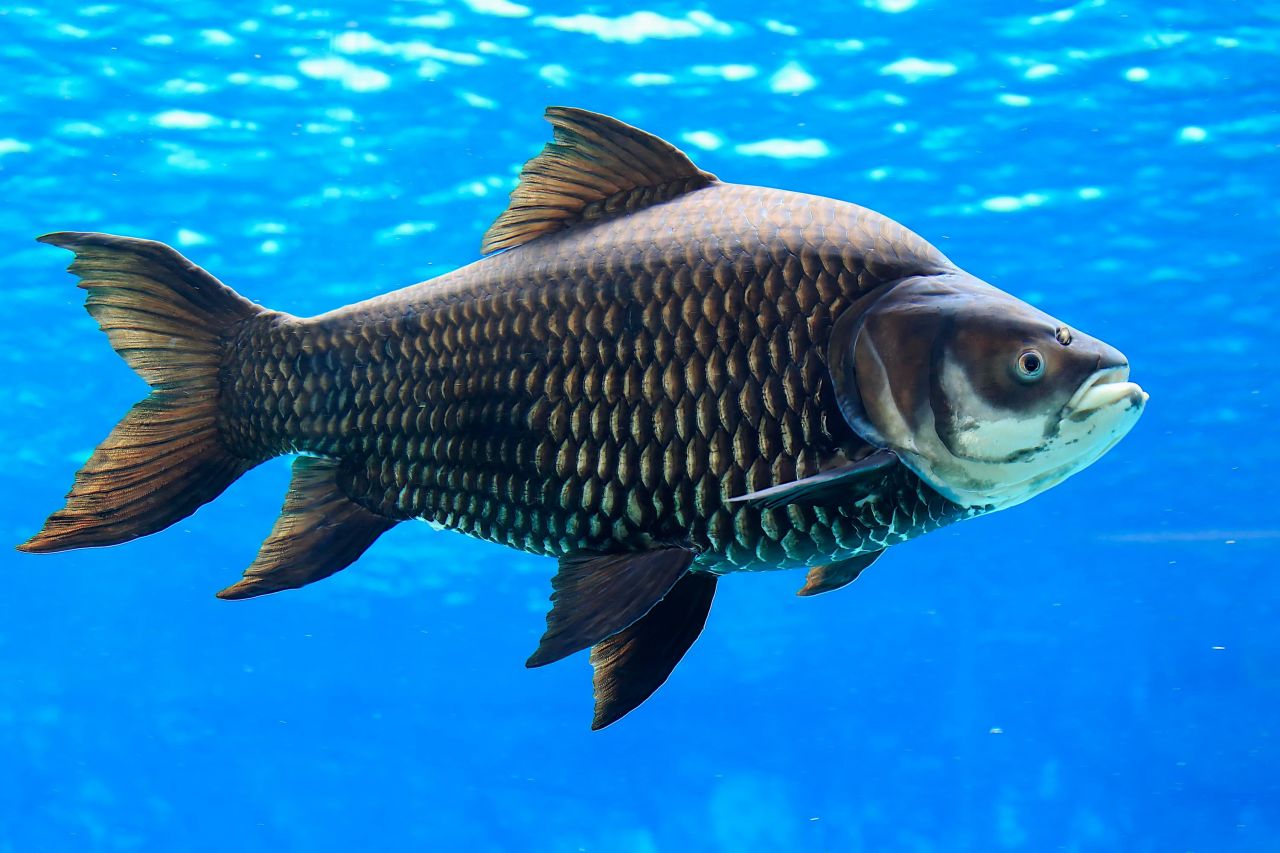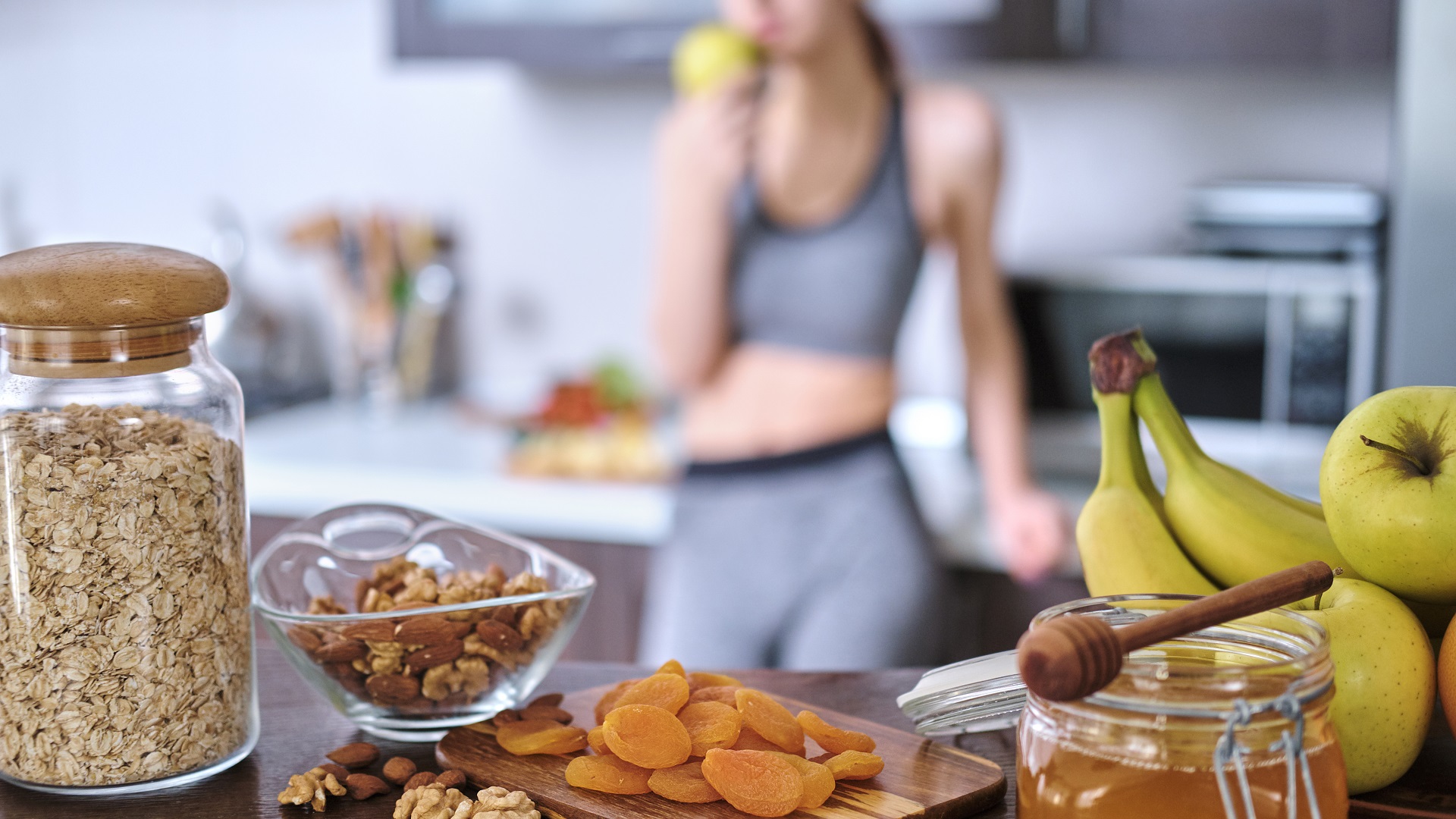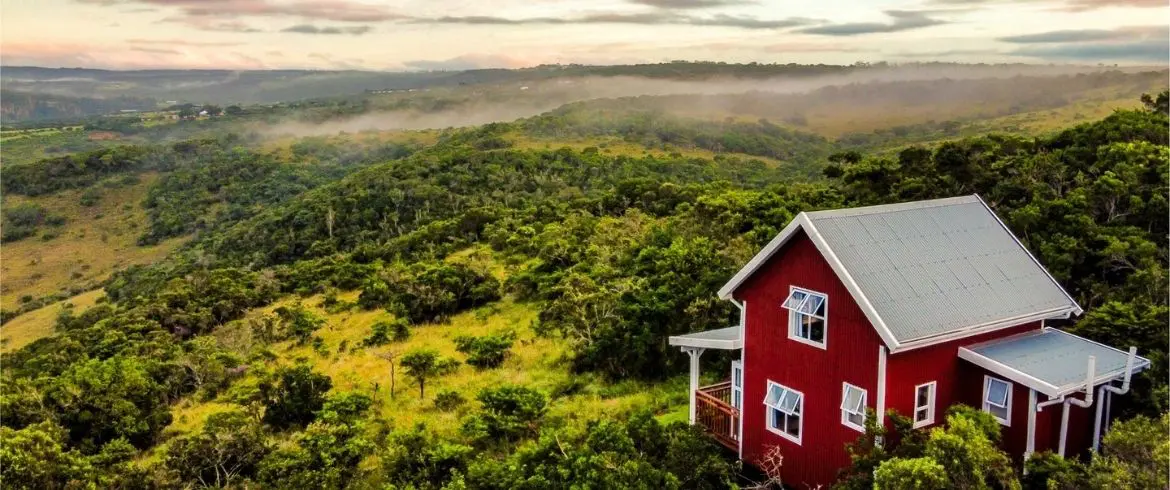Integrating fresh water fish and biofortification in your Off Grid Lifestyle
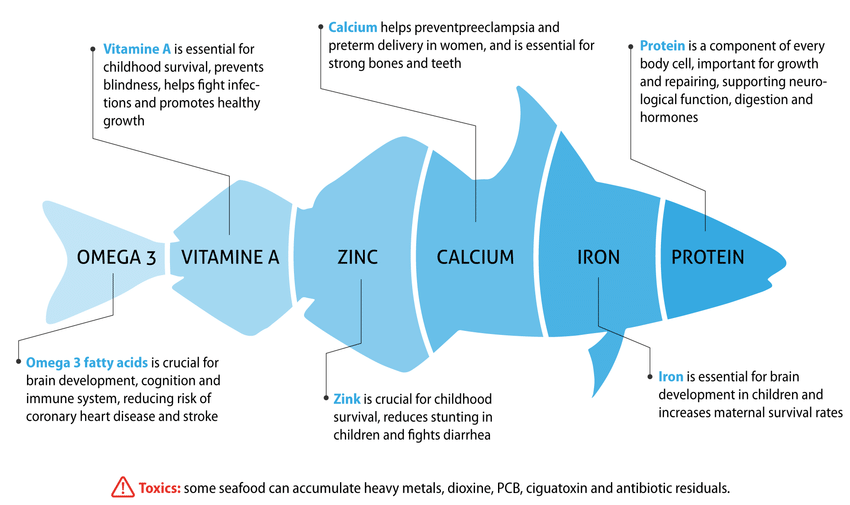
Biofortification is the development of crops with enhanced levels of nutrients available for consumption, and it has become a central component of global multi-sectoral approaches to tackling malnutrition.
To date, biofortification efforts in Zimbabwe and neighboring countries have involved the promotion of VAM, Orange Fleshed Sweet Potato (OFSP) and zinc- and iron-enriched beans.
We here at "Off Grid with Raymond Brogan" believe in the efforts and are researching how we can grow and produce our own brand of biofortification in soil low in nutrients. More on this subject in another post later.
As a mainstay of the economy, fish is a key feature of local cuisine and diet where ever you may live.
As a mainstay of the economy, fish is a key feature of local cuisine and diet. The fishing sector is predominantly small-scale commercial, supplying local markets and consumers with fresh fish. Furthermore, catch from the fishing vessels contributes to the export market.
A new and sustainable approach
To improve the healthy lifestyle of living off Grid, you've taken the first step. You have decided to break away from foods that are processed, fast foods, junk foods and more. You've decided to join many others in deciding that utility companies are taking all your hard earned money, when you can produce your own, "FREE"!
This new approach for Off Grid Living means less stress, which is healthy, it is scientifically proven that high stressors reduce your health. You're growing your own food, also more healthy than foods that have pesticides and fresh keeping chemicals found in supermarkets. You have embarked on a journey that many wish to do, but few have the nerve to attempt.
So with your fresh food, comes "Fresh Water Fish". Whether you property is near a lake, river or stream, fishing for your meal would be simple. But, what for the ones who are off Grid and NOT near any of these resources? The answer is simple...
Fresh Water Fish Farming.
That's right! Build a circulating fish farm and stock it with babies, let them grow to provide fresh fish for meals. Let them mate in mating tanks, once done, take the adults out and let the Frye hatch and grow. The cycle is simple, and you'll feed you and/or your friends and family for years to come.
A successful and well built fish farm

To begin with, let's not make any assumptions here. What might be easy for some, may not be for others. At the end of this article, I will provide a few links on this subject so that you can become educated in the subject of fresh water fish farming.
The reason of importance to remember is that fresh water fish is essential and a healthy part of any diet. Dieticians concur that eating at least one serving of fish per week boosts immune production, healthy bone and muscle building blocks and so much more!
The Ultimate Guide on How to start fish farming
As a matter of fact, description of beauty varies from person to person. However, when water organisms particularly fish in a well maintained pond are mentioned, everyone finds them fascinating.
While it may sound all complex to rear fish, here, we take you down this process step by step to ensure that you are not only equipped but also motivated to start fish farming.
Fueled by passion, backed up by expertise, we turn all your ideas and inspirations into stunning success.
What is fish farming?
Essentially, fish farming also known as pisciculture the process of nurturing organisms that inhabit in water commercially either in controlled or semi-controlled environment so as to increase productivity.
How to start fish farming step by step

Fish farming is quite a process. As mentioned earlier, we take you through it expertly from the time you select the area where you want to keep the fish until the final step where you market it.
This step by step procedures will actually help you in identifying the best species you can farm and it will also guide you on different feeds to give your fish and how to prepare well your fish pond.
While the process of starting a fish farm is the same for both small and large scale farmers, in small scale farming, all you need is the fingerlings and a pond. However in large scale farming you require things such as;
Pumps
Pumps are mostly used in pumping water in or outside the pond. This pumps are well equipped and ensures that you have a constant water supply to the pond.
Water testing equipment
Water testing equipment are provided in order to help in testing the waters. These equipment are used to see if the water is good for the fish.
Net
Net gather all the fish species together for harvesting. They help to catch a large amount of fish.
Fish tanks-ponds
They are constructed to hold large amount of fish for harvesting and marketing. These tanks and ponds are normally constructed expertly to enable better environment for the fish.
Aeration equipment
Facilitates better flow of oxygen within the pond
Step 1: Select an Apposite Land Area

The first step in this process is selecting a good land area. This is in terms of size, soil quality, and source of water. To get this land, you can either buy it or use your land.
Size
select a land that is big enough. Take into consideration your future plans so that this will not limit you when it comes to expanding your business. Ensure that the land is large enough for your pond.
Size is important as it will help your grow and expand your business in the near future. Big enough also means enough amount of fish to farm.
Soil
select a place with high quality soil. This is because the quality of the soil directly affects the quality and the quantity of the fish that you get. In fact, we advise you to take the soil for testing to ensure that it is at least over 20% clay.
Also check for the place that is relatively level. It is important to ensure that the place is not easily prone to floods.
This will help in preventing dirt water from getting into the bond. The soil should also have no or little rocks.
Water
in rearing fish, constant water supply is vital. As a matter of fact, we cannot stress how important this is. Fish rearing with an unreliable water source is not only stressing but also causes unhealthy fish thus low production.
Find a place where there is an interrupted source of fresh and clean water. Find a place near the river, lake, streams or even boreholes.
We recommend that your pond should be about 0.7 meters deep so that you can have a successful farming.
Step 2: Pond Design and Construction

There is no point constructing a pond with a poor design in an expertly selected area. The pod design is equally important. The design however depends on the type of the species that you want to rear. (This is discussed in details in the next step)
Conversely, there are a few factors that must be considered regardless of the species you want to rear. These include;
Inflow and outflow
Ensure that the water flows in and out constantly and in the right rates. If the outflow is too much, favorable algae are flushed out which disadvantage the fish.
On the other hand, where the water is retained for too long in the pond, it may result in Oxygen depletion which again leads to unhealthy fish.
It is therefore important to always monitor the level of water in the pond. Confirm frequently to ensure that the inflow and outflow is well maintained.
Good management
when constructing, the screens should be placed strategically and expertly to keep off predators. Cover all the inlets and outlets properly to keep away insects and predators.
Good drainage
an ideal slope for a fish pond is 0.02m for every 10 meters. This will help regulate the inflow and outflow rate.
Shape and size
Productivity tends to be higher in a shallow pond. However, it should not be too shallow. Ensure that the shallow end is approximately 50 cm.(0.5m)
Spaces between the ponds
Imagine having a pond which has no spaces in between. This makes it very challenging to feed the fish.
It is also very difficult to harvest the fish or make any amendments that may require machine in the pond.
Spaces should therefore be left in between to be used as feeder roads and machine ways if need be. The paths should be standard to avoid straining.
Step 3: Selecting the Fish Species

This is the most challenging step for most of the people who want to start fish farming project. This is because there are different types of fish types and species.
Therefore before deciding on the fish farming type to start, it is important that you have all the facts about it to enable you to choose wisely.
This is because there are many factors that should be well thought-out which if not taken into consideration would adversely affect productivity greatly.
Fish farming is quite an expensive investment and therefore the decision on which type to keep is not one that you want to make haphazardly. Basing it on groundless facts end up being disappointing, frustrating and uneconomical.
1.Tilapia farming
2.Salmon farming
3.Tuna farming
4.Eel farming
5.Catfish farming
Here, we are going to take you on different types of fish species which you can farm on. But we shall look into the two most practiced species. These two most common fish species are tilapia and catfish.
1.Tilapia farming
Tilapia is a fresh water fish that is very easy to keep. It grows and reproduces rapidly and does best in warm water. It takes approximately two years to mature sexually.
Tilapia is easy to feed as they feed on phytoplankton, unicellular algae and zooplankton, which refers to small animals or immature large animals.
The versatile fish is lenient of an assortment of aquaculture. Due to the generous rearing parameters, tilapia is an ideal investment for you.
In this type of fish farming, we have different types of fish ponds, but earth ponds is the most preferred for commercial fish farming.
Like any other fish farming, tilapia fish farming also demands same conditions and environment as other fish farming for better results.
Ensure to check out for availability of consistent water supply, favorable type of soil with ability to hold water and a place that is level.
For an effective tilapia fish pond, you need an optimal temperature range of about 25 degrees to 35 degrees. Also check for the place with sufficient sunlight to put your pond. This will facilitate growth of algae.
Note: Tilapia multiplies so fast which may as a result cause over population which in turn cause food competition resulting to stunted growth. This is controlled by use of predators or manual sexing.
2.Catfish farming
If you want fish that you will harvest quickly, catfish farming is the most appropriate for you. They require little effort and can be reared in a pond of any size comfortably even though a big pond is ideal.
It is one of the most maintainable fish type and has a very high demand in market today as majority of fish users prefer it.
There are so many species of catfish such as yellow blue head, flathead, black blood head, channel, walking, brown catfish among others.
In this type of fish farming, we have different types of fish ponds, but earth ponds is the most preferred for commercial fish farming.
Actually, they are over 3000 species! The fish take about 21 months to grow up to 0.454 kg (454 grams) they feed on readily available foods such as rice and soybeans making them a stress free investment that is very profitable.
For maximum productivity, ensure that
Temperatures in the pond are kept between 28.30C to 300C
The pH of the water in the pond is kept between 6.5 and 8.5
Water tests are done regularly to check for contamination. The health of the fish in the pond should be checked and the unhealthy ones attended to by a specialist.
From the foregoing discussion, it is clear that catfish are resilient and productive thus a perfect investment for every fish farmer.
FingerlingsYou can start your fishpond with some fingerlings from the reputable dealer. It is well known that male fingerlings grows fast compared to females. You are then advised to have more males so that you can get better results.
Tilapia is known to breed very fast and easily. This may lead to overcrowding. We therefore advise you to keep an eye in order to avoid stunt. We recommend five fingerlings in the pond in every metre squared.
Fingerlings normally reach maturity within six and eight months. Ensure that you keep some adult fish in order to produce the fingerlings to ensure that your fish crop is well restocked.
Step 4:Feeding the Fish

Now that you have selected and kept the right species of fish, let us see how you feed them.
Just like human beings, fish need to feed well so as to grow healthy and rapidly. This means that buying them supplements will increase their productivity. The population of the fish must however be limited to ensure that they do not compete for food.
Fish more especially tilapia mostly feed on algae, manufactured fish feeds or water insects. You can buy pellets that are either made of soy, maize, vegetable product and rice.
Providing proper care and feed for your fish will definitely make them gain weight rapidly and grow fast.
You can also spur the growth of algae in the pond by simply adding some chicken droppings or fertilizer. They will grow rapidly, hence providing an additional food sources.
Feeding is best at morning hours and afternoon. Make sure that you don’t allow any uneaten food to remain in the fish pond for many hours. This is because it may become toxic.
When purchasing the supplements, ensure that you insist on the species that you rear since there are different supplementary foods for the different species.
Control diseases, parasites and predatorsLet the fishpond remain clean always to prevent entry of parasites and diseases. You can Seek help and guidance from aquaculture professional on the correct medication you can use when treating a sick fish.
Step5: Fish Harvesting

This is done using either a net or draining away all the water volume in cases where you are harvesting all the fish. It should be noted that different species of food are harvested at different stages and weight.
For you to get maximum food and to provide quality fish to your customers, you should ensure that they are harvested in the right way and at the right time.
Step6: Marketing the Fish(for those who want to earn for their Off Grid lifestyle)

Since doing business is actually watching the trends of the market and then taking advantages, it is actually important to understand commercial trend of agribusiness.
The world is becoming aware of nutritional value of the fish. Fish is known to be a good source of vitamin D, omega -3, vitamin B2 and many others.
A lot of people are actually abandoning the red meat to take fish. This is one of the main reasons as to why farming of different aquatic species remains the fast growing sector.
This sector yield a lot of money and there are many reasons as to why you should go into fish farming.
Most people eat fish. In point of fact, research has it that about 500,000 people concludes that eating fish regularly increases the lifespan of an individual. This implies that you already have a ready market.
However, aim at not transporting the fish to very far places as this will reduce your profit margin and reduce the quality of the fish as well. Good quality fish will enable you outperform competition.
Like any other business, this is a business that you should market. Some of the platforms that you can use are websites, social media platforms such as Facebook among others.
Ensure that the community around you is aware of what you do. After this, the consumers will come looking for you.
Capital for fish farming
The amount of money required to start this business depends mostly on the scale of the project. Starting this business may not be a bit challenging because there are different places where you can source your capital from.
You can get the loan from your local bank or accumulate some funds from investors. It is therefore important to prepare a good business plan so that you can get good funding from the bank.
You can also use your personal savings if you don’t have access to investors or banks that can lend you money as capital. Start with your small savings and finally your business will grow.
Benefits of fish farming
Fish is highly nutritious. Besides meeting the demands of your consumers, you already have a very nutritious meal for your family.
Unemployment is on the rise in the current digital word. Rearing fish will not only create employment for you but also for other people such as sellers, transporters and even those providing for labor in the farm.
As earlier mentioned, about half a million people believe that eating fish has so many benefits. This implies that they are good consumers of the same. There is therefore a reliable, stable market for it all the time.
It is a source of income
Challenges, risks and solutions.
From the foregoing discussion, it is clear that fish farming goes beyond being known as profit making. As a matter of fact, it has so many benefits. However, we cannot overlook the challenges and the risks that are involved.
There is competition from fish fetched from rivers, lakes and oceans. Needless to say, they are much cheaper that fish grown in a pond.
There is no any by-product. Actually, fish is all you get. However, if you farm it right, it is enough!
Much more capital is required as compared to rearing things like chicken. Make a business plan and budget for it from far. This will ensure that you do not stop the project at the middle due to insufficient finances.
Frequently asked questions
1.How much does a fish farm cost?
Here there are no precise figures provided as it depends on factors such as the fish species, level of management among others. However, generally ponds used to generate around 1590 kg of fish per year cost around $2500 per acre.
How much does a fish farmer make per year?
Again, the figures are not fixed since they largely depend on so many factors, both external and internal such as the size of the fish farm, the type of the fish you are keeping and even market around you. Nevertheless, research has shown that a fish farmer makes an average of 63,000 dollars per year. The amount can however be higher or lower.
which bio filter media so you need in fish farm
You need bio ball, K1 media, K3 filter media and more,if you want to learn more about bio filter media, you can click here
Conclusion
There is so much info about fish farming everywhere, but only a few sources have clear and accurate information to help you start. Having accurate information that is based on facts is very important when you want to rear fish.
As a matter of fact, we cannot stress how important this is. With the above insights, from experts, you are all that you need to start. Start your business small and with a matter of time, you will be definitely successful.
LINKS FOR READING AND RESOURCES: (links will open a new tab)
https://www.fao.org/fishery/docs/CDrom/FAO_Training/FAO_Training/General/t0581e/Index.htm
https://www.agrifarming.in/backyard-fish-farming-guide-for-beginners
https://awsassets.panda.org/downloads/22_2004_smallscale_fresh_water_fish_farming_fao_int_1.pdf
https://sites.google.com/view/fish-farming-for-beginners/home?pli=1
https://www.motherearthnews.com/homesteading-and-livestock/backyard-fish-farming-zmaz06amzwar/


